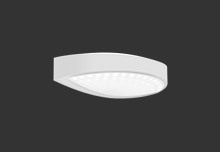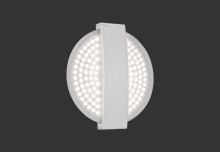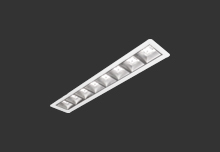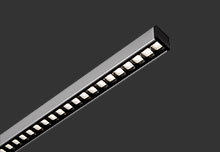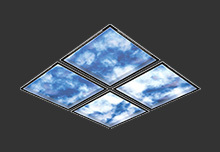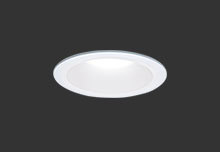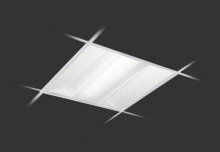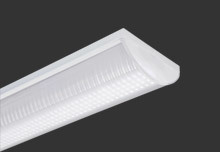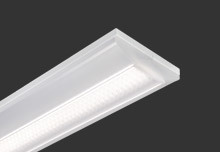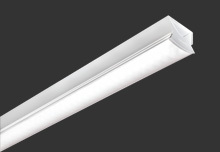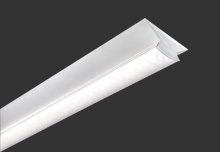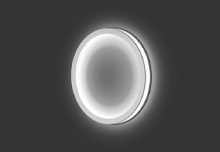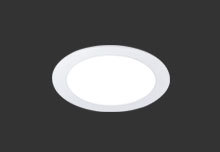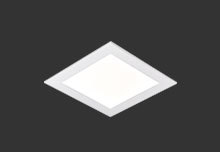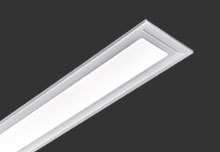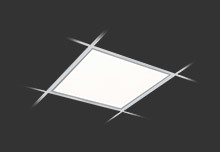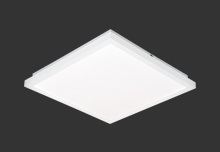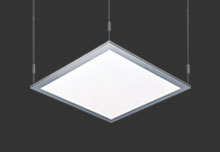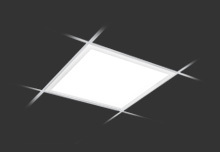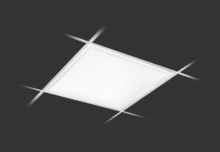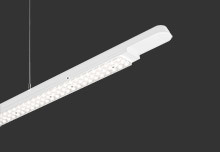Libraries
In libraries the designer needs to allow for two main tasks; finding the correct book and reading or study. In addition, there are a number of other considerations such as lighting for using computers and accent lighting for display purposes. Lighting in each case calls for a different approach.
Physically finding a book requires vertical illuminance on the spine of the book therefore good vertical illumination just above floor level is required. Many libraries have a reading and study area, often equipped with computers, so the lighting in these areas must be appropriate to the task. Consideration should be given to the age of the users, particularly libraries open to the wider adult community to ensure the illumination level is adequate.
Choice of Luminaire
Suspended luminaires are often used in shelving areas because the continuous line of light helps eliminate shadowing.
%spanOpenThorlux Light Line Integra AcousticspanClose% helps reduce ambient noise, and provides good vertical illumination.
Illumination Levels
Extract from CIBSE: SLL Lighting Guide 5 - Lighting for Education 2011
| Application | Maintained Horizontal Illuminance (lux) | UGRL | U0 | Ra |
|---|---|---|---|---|
| Library bookshelves | 200 lux vertical on the book spines | 19 | 0.6 | 80 |
| Library study areas | 500 | 19 | 0.6 | 80 |
In shelving aisles, the user has to be able to read the spine of the book, so good vertical illumination is needed, and SLL Lighting Guide 5 recommends 200 lux vertical illumination on the bottom shelf. As the user could create a shadow from a luminaire behind and above them, lighting from more than one source should be used.
Study areas should be lit to 300 lux horizontal illumination on the desk areas, although this may be raised to 500 lux depending upon the age of the regular users.

